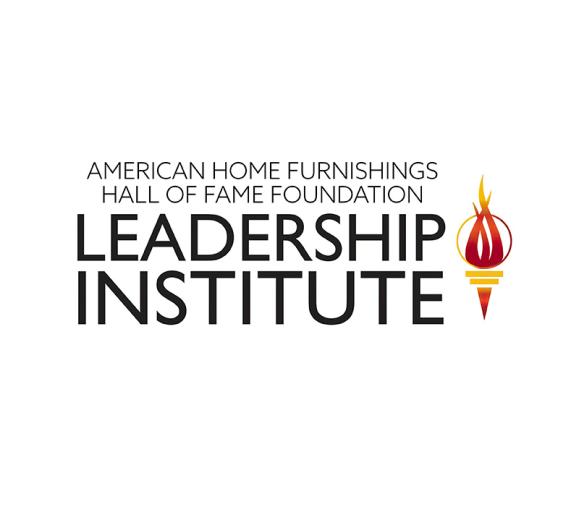The American Lighting Assn. (ALA) this week weighed in on the latest lighting industry developments including JA8 markings guidance, the Department of Energy's rule on external power supplies and trade talks with China.
In California, Title 24, the Building Energy Efficiency Standards, are updated every three years by the California Energy Commission (CEC). The 2019 version was recently completed and is slated to go into effect on Jan. 1, 2020.
During the 2018 ALA Engineering and Technology Committee meeting, a question was raised concerning a provision from the previous version (2016) about the new marking requirements for lighting products: Will products marked JA8-2016 be permitted for sale once the 2019 standards take effect?
Hoping to alleviate industry concerns, CEC officials recently provided guidance as to what will be acceptable moving forward. CEC has confirmed that the requirements for JA8 did not increase; therefore products that are marked JA8-2016 will remain acceptable when the 2019 standards take effect. Simply put, products will not need to be re-marked and products that remain in stock at year’s end will still be allowed for new residential construction.
To avoid confusion, CEC suggested switching to the 2019 marking when the regulations become effective, in particular for products tested using the 2019 test procedures.
Yesterday, the Department of Energy (DOE) finalized a technical amendments rule to formally exclude light-emitting diodes (LEDs), organic LEDs and ceiling fans using direct current motors from the external power supply rule. ALA applauds DOE’s work to codify the exclusion.
This action is the result of ALA’s hard work lobbying Congress for legislative relief to a problem created by Congress. A few years back, as LEDs were beginning to take over market share, DOE, by way of a narrowly written Congressional mandate, was forced to include LEDs and direct current motors in a finalized rule on external power supplies. Leaving these products subject to that rule would have crippled public adoption and hurt DOE’s effort to achieve greater energy efficiency savings.
ALA got to work, first by requesting enforcement guidance (protection) from DOE, which DOE quickly granted, and second by lobbying Congress for a legislative fix. After multiple attempts, the EPS Improvement Act of 2017 was signed into law last year. It is this law that gave DOE the formal authority to exclude LEDs and direct current ceiling fans.
Over the next two days senior government officials from the U.S. and China will convene for trade talks in Washington, D.C. This second round of negotiations will test the resolve of the Trump administration, which outlined the structural changes China would need to make in order to address U.S. concerns over forced technology transfer and intellectual property theft three weeks ago at the previous round of lower level talks in Beijing.
The lead negotiator for the U.S. is United States Trade Representative Robert Lighthizer. Leading the Chinese delegation is Vice Premier Liu He, who is expected to present China’s list of counter proposals.
The meetings are expected to conclude by mid-afternoon on Thursday. At that time, observers are hopeful that the two sides will present the framework of an agreement to end the escalating trade war, or at the very least, agree to continue negotiations in hopes of reaching a deal before U.S. tariffs more than double in early March.







